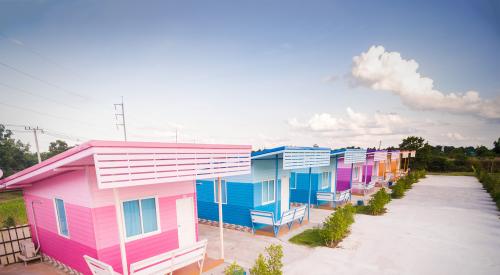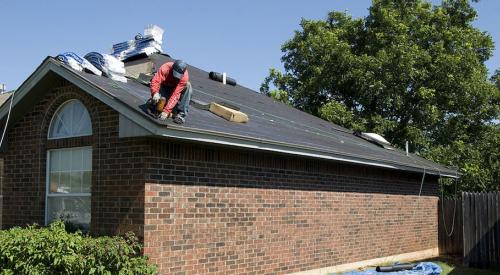Building code development involves massive peer reviews and consensus building that takes months if not years. But there has been a rapid transformation during the past three years.
In 2000, the three independent code-writing organizations (IBCO, BOCA and SBCCI) released the first version of a series of 14 building codes called I-Codes. Most significant for builders was the International Residential Code. Since then, I-Code adoptions have spread quickly across 31 states and hundreds of counties and municipalities in other states.
Then in January the three code-writing organizations merged into the new International Code Council, signaling a further move toward a single national residential building code. However, another respected code-writing organization has embarked on an alternative residential code. The National Fire Protection Association recently released its NFPA 5000 code for home construction, and it is being met with acceptance in some local areas, says Ed Sutton, the NAHB's top codes official.
"Builders should be aware that two organizations now, instead of three or four, are trying to maneuver to get their family of codes adopted," Sutton says. "Our policy is that we support the ICC codes."
In the field, builders report a game of catch-up as the IRC is adopted and enforced. "Even local officials are having trouble getting a handle on the changes," says a top engineer at a national home building company.
ICC technical specialist Larry Franks says IRC writers focused on providing simpler, prescriptive specifications wherever possible as opposed to a more subjective, performance-based approach, which previous codes used. Following are several of the "most significant" changes found in IRC 2000, as viewed by builders and code-writing engineers who were part of the ICC process.
Wind and lateral loads: Wind-speed maps under the IRC are drawn based on a new measure of "three-second gusts" of 110 mph versus the old measure of 90 mph in a "fastest mile" measure. The result is significant because a larger area of the country is "windy," and subsequent structural changes require a blend of additional external and internal shear walls that could add $1,000 to $4,000 to the cost of each home.
New seismic criteria: Some parts of the country are new on the seismic map with new structural requirements. The CABO 1995 seismic map was based on zones with a "peak velocity-related acceleration with a 10% probability of being exceeded in 50 years." The IRC map is based on "short period design spectral response acceleration with a 10% probability of being exceeded in 500 years." The result is that builders on the Pacific Coast won’t be affected much because of existing seismic codes, but places such as Charleston, S.C., and southern Illinois might require adjustments to building practice.
Expansive soils: The IRC contains provisions for constructing foundations on expansive soils. Again, this won't affect builders who are used to dealing with the problem, but many others will need to adjust.
Insulating concrete forms foundations: IRC 2000 spells out load specifications for these relatively new types of foundations in detail for the first time.
Energy efficiency: The old "model energy code" was scrapped in favor of a more detailed I-Code, the International Energy Conservation Code, which is incorporated into the IRC. Generally this provides "a simplified" thermal performance criteria for the building envelope (walls, ceilings, floors, basement walls and slab perimeter) in one table. A separate table provides information on the selection of mechanical equipment.
Basement emergency egress: The IRC contains a provision that all homes built with window wells in their basements or below-grade windowsills must provide emergency openings. This usually requires larger window sizes, sometimes a ladder, and a special window casement system. Costs per house vary by design and window specification.
For a point-by-point comparison of the IRC versus the next most adopted code, go to www.sbcci.org/codes/Code_Comparisons.cfm. For the most recent information on states and municipalities that have adopted the IRC.











